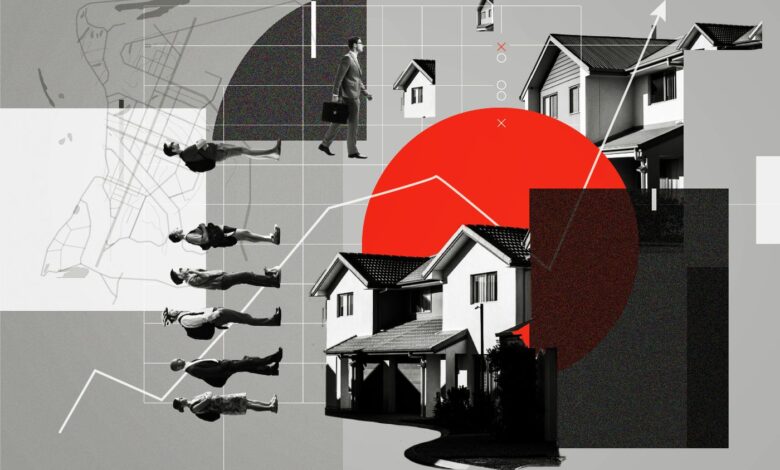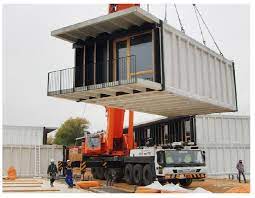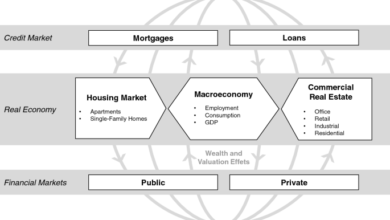The Impact of Remote Work on Real Estate Markets and Homeownership Trends

Remote work, also known as telecommuting or telework, refers to the ability to work from outside of a traditional office environment, usually from home or another location. While remote work has been a growing trend for years, the COVID-19 pandemic accelerated its adoption as many businesses were forced to close their physical offices and transition to remote work to prevent the spread of the virus.
With the shift to remote work, the real estate market and homeownership trends have also undergone significant changes. In this article, we will explore the impact of remote work on these areas.
The shift in housing preferences
The increase in remote work has led to a shift in housing preferences. Many people who are now working remotely are looking for homes that can accommodate a home office, as well as homes with outdoor spaces such as patios or yards. Additionally, there has been a trend towards suburban areas as people are no longer tied to living close to their place of work.
On the other hand, the demand for urban areas and apartments has decreased, as many people no longer see the need to live in or near a city if they are not commuting to work every day.
Impact on the real estate market
The shift in housing preferences has led to a number of changes in the real estate market. One of the most significant changes has been the increase in home prices and bidding wars, as there is now more demand for homes with specific features such as home offices or outdoor spaces.
Additionally, low inventory levels have made it difficult for some buyers to find the homes they are looking for, which has created a shift toward a buyer’s market in some areas. Finally, the shift towards remote work has also had an impact on commercial real estate, as many businesses are now reconsidering their office space needs.
Homeownership trends
The rise of remote work has also influenced homeownership trends. Many first-time homebuyers are taking advantage of low-interest rates to buy their first homes, while others are choosing to renovate or remodel their current homes to better accommodate their remote work needs.
There has also been a growing interest in vacation and second homes, as people now have more flexibility to work from anywhere. However, affordability remains a challenge for many, which has led to some people delaying their home purchases until they are in a better financial position.
Remote work and regional migration
The increase in remote work has also led to changes in regional migration patterns. Many people are now leaving urban areas and moving to suburban or rural areas, as they no longer need to live close to their place of work. This has had both positive and negative impacts on small towns and cities, as some are experiencing a surge in population and economic growth while others are struggling to keep up with the influx of new residents.
At the same time, metropolitan areas are facing their own challenges as remote work has led to a decrease in foot traffic and a shift away from traditional office spaces.
Remote Work and the Future of real estate
As remote work continues to be a prevalent trend, the real estate industry must adapt and embrace new opportunities to meet the changing needs of homeowners and homebuyers. This includes taking advantage of technology to better showcase properties online and provide virtual tours, as well as developing new types of properties that are better suited to remote work.
While the long-term impact of remote work on the real estate market and homeownership trends is still uncertain, it is clear that the industry must continue to evolve in response to this trend.
Conclusion
Remote work has had a significant impact on the real estate market and homeownership trends. From changes in housing preferences to shifts in regional migration patterns, the rise of remote work has fundamentally changed the way people think about where and how they live. As the trend towards remote work continues, it will be important for the real estate industry to adapt and find new ways to meet the needs of homebuyers and homeowners. This includes embracing new technology and developing new types of properties that are better suited to remote work.
Overall, the impact of remote work on the real estate market and homeownership trends is a complex and ongoing process that will continue to evolve in the years to come. However, by staying flexible and adapting to changing needs and trends, the real estate industry can continue to thrive in the era of remote work.



